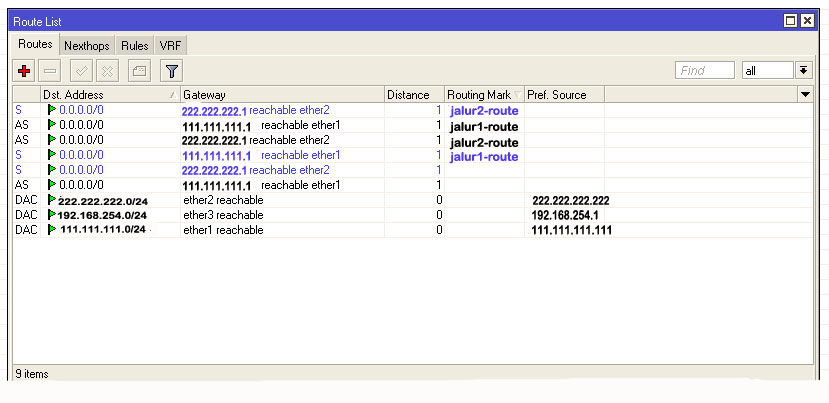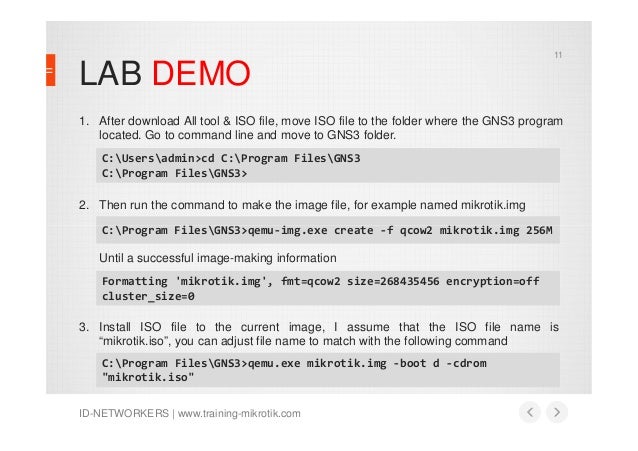
- #Mikrotik loopback interface how to
- #Mikrotik loopback interface software
- #Mikrotik loopback interface plus
On the hardware side, there are two ways of connecting the physical device to a network, which are wired and wireless., and this primarily depends on the type of network interface or network card used to connect the device to the network. This will be the device's public IP address. This is the IP address that the device will use to communicate to the outside world, and the address the outside world will use to communicate with the device. However, in order to communicate with other devices, another network or IP address needs to be assigned to the device. We covered that a network device has an internal loopback adapter IP address of 127.0.0.1 that it uses to talk to itself. We discussed the device communicating with itself but let's expand that thought and discuss how a device might actually communicate with other devices. Let's start by explaining what actually happens on a network. For example, how would a computer such as the one you're reading this article on communicate with another device, such as the computer this article is located on or your bank website, or ? It might make sense to get out and find someone else to talk to. Who are you talking to? Why, myself of courseĪlthough there's perfectly nothing wrong with talking to yourself, it probably would start to get boring after a while. In other words, any device communicating with 127.0.0.1 is talking to itself. Remember we just discussed IP addresses? Well, the IP or network address of the loopback adapter is 127.0.0.1 and is only accessible from the device that it is attached to. Most devices that have network capabilities have the ability to talk to themselves by the way of a special network adapter known as the loopback adapter.
#Mikrotik loopback interface how to
If you have either the IPv4 or IPv6 address of the intended recipient, then you know how to reach the device (there's a lot more to it that we'll cover, but this is just a simplified example.) There is also a newer class of IP addresses, IPv6, that look like this 2001:4860:4860::8888 (this address belongs to ). This is known as an IPv4 address, as it has four sets of numbers that make up its network address. For example, the IP address of the computer this web site is located at is 47.181.172.148. We will also refer to your network address as an IP or Internet Protocol address. If you are reading this right now, it means that your Internet Service Provider (ISP) (ex: Spectrum, Charter, AT&T, etc.) provided you with a device to talk to their network, and that device was assigned a network address which allows it to talk to your ISP's network, and allows your devices to find the vast array of other computers and networks around the around we collectively call the Internet. Much like a home address, a network address tells other devices where to find this device, and similarly, this device is able to find other devices by their network address. When a device joins a network, it is assigned a network address. Once it has become part of a network, the computer can "talk" to the network by sending information via its network adapter to its intended recipient. wants to communicate with the outside world, it establishes or joins what is known a computer network. When a device, such as a computer, printer, tablet, etc. Router(Config-if)#ip address 200.0.0.10 networking: sharing information between one or more connected devices.

To create a loopback interface, use the following command in a Cisco Router. The command syntax to create a loopback interface is shown below. Loopback interfaces are treated similar to physical interfaces in a router and we can assign IP addresses to them.

By default, router doesn’t have any loopback interfaces (loopback interfaces are not enabled by default), but they can easily be created.

#Mikrotik loopback interface software
Loopback interfaces interfaces are always up and running and always available, even if other physical interfaces in the router are down.Ī loop back interface is a software interface which can be used to emulate a physical interface.

#Mikrotik loopback interface plus
Loopback interfaces are used as the termination points for Remote Source-Route Bridging (RSRB), and Data-Link Switching Plus (DLSW+). A loopback interface is always up and allows Border Gateway Protocol (BGP) neighborship between two routers to stay up even if one of the outbound physical interface connected between the routers is down. Loopback interface’s IP Address determines a router’s OSPF Router ID. A loopback interface is not a physical interface like Fast Ethernet interface or Gigabit Ethernet interface.Ī loopback interface has many uses. A loopback interface is a logical, virtual interface in a Cisco Router.


 0 kommentar(er)
0 kommentar(er)
